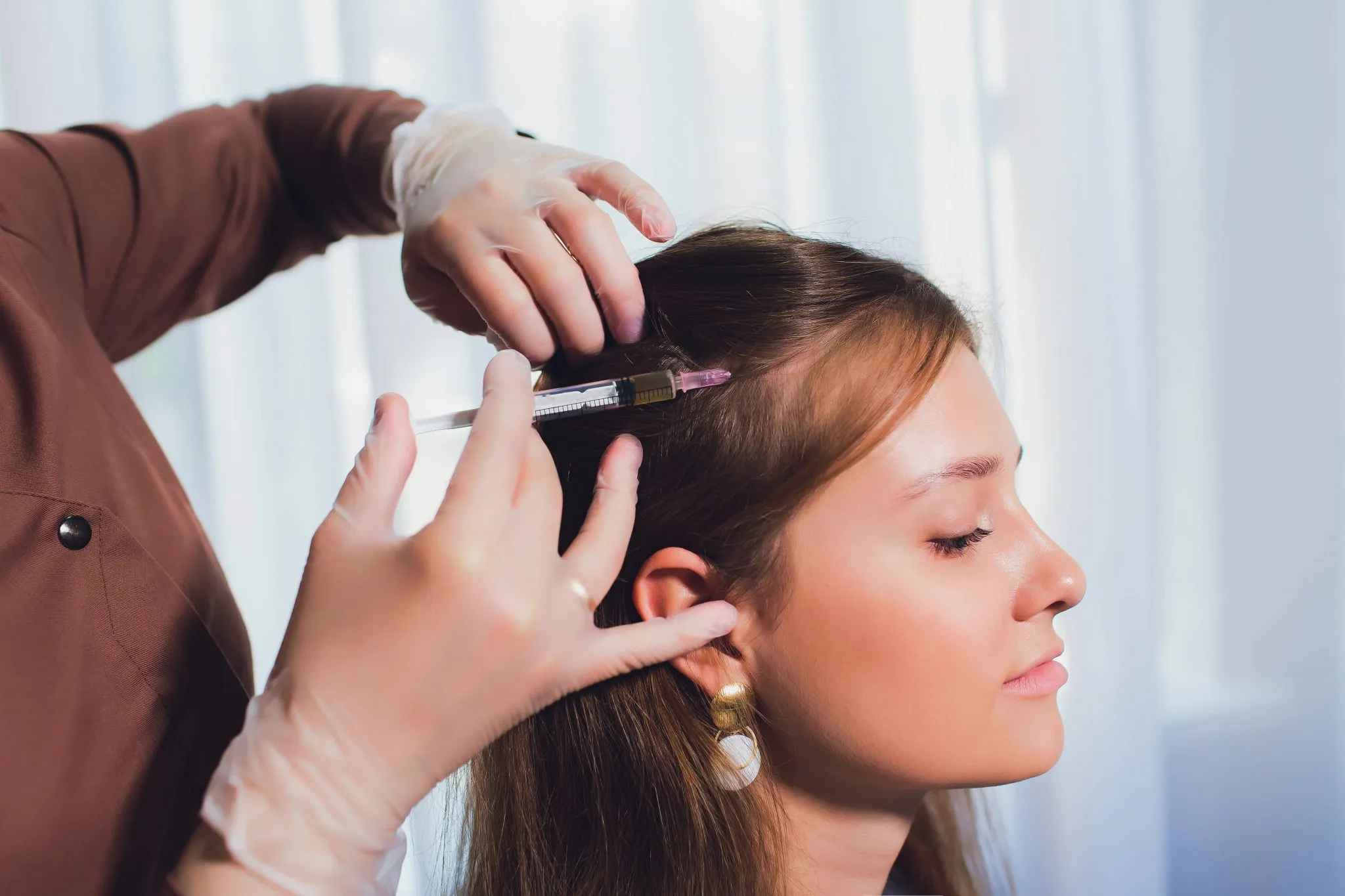Myopia or nearsightedness is an eye condition, a vision condition in which a person can see close objects clearly and blur at far away or distance. Myopia happens when this occurs to the eye:
- The eyeball is too long
- The cornea is too curved
Myopia Profile has a mission to improve the vision care of children since they are the ones who mostly have problems with nearsightedness.
Cause of myopia
Many are asking this: what causes myopia? Myopia happens when the eyeball grows too long, from the front to back or when problems with the cornea’s shape or lens. The problem is making the light focus at the front of the retina, instead of it making far objects look blurry.
Symptoms of nearsightedness
Symptoms of nearsightedness are:
- Needs to squint to see clearly
- Trouble seeing things far away
- Eye strain
Some people with nearsightedness get a headache, but it is not as common as it is. When you have mild nearsightedness, you can’t notice the symptoms. It is why it’s essential to get a regular eye examination. So, your doctor ensures you are seeing as clearly as possible. People with severe nearsightedness have a higher risk for some other eye conditions, such as retinal detachment.
How to know if you have a risk of myopia?
Anyone can have nearsightedness, but you may be at higher risk if you have family members with nearsightedness conditions. Nearsightedness normally start between 6 and fourteen age and worsens until the early twenties. Children who spent more time outdoors have a lower risk of nearsightedness, but experts are unsure why.
Treatment for nearsightedness
The most common treatments for nearsightedness are contact lenses and eyeglasses. An eye doctor prescribes the right lenses to help see them as clearly as possible. Adults may also get surgery for nearsightedness treatment. The surgery will change the shape of the cornea to focus light.
Myopia versus presbyopia
Myopia is already explained above, while presbyopia affects the person’s close-up vision. In contrast, myopia can’t affect the individual’s close vision. Instead, things in distance may become blurred. The severity of every refractive error may vary.
- In the age, presbyopia is predominantly an age-related refractive error. Myopia forms in children and will stop in their mid-20s.
- In the eye’s physical changes, presbyopia is caused by the eye’s lens’ physical difference when hardened and can’t bend to refract the light. While myopia relates to how the eyes’ shape changes the way it focuses the light.
- Vision changes, Presbyopia affects the close-up vision of a person. In contrast, myopia never affects the close vision of a person or child. Instead, distant objects can be blurry. The severity of a refractive error can change.
So, Myopia Profile plays a big role in understanding the severity of the vision condition, control, management, even treatment.




